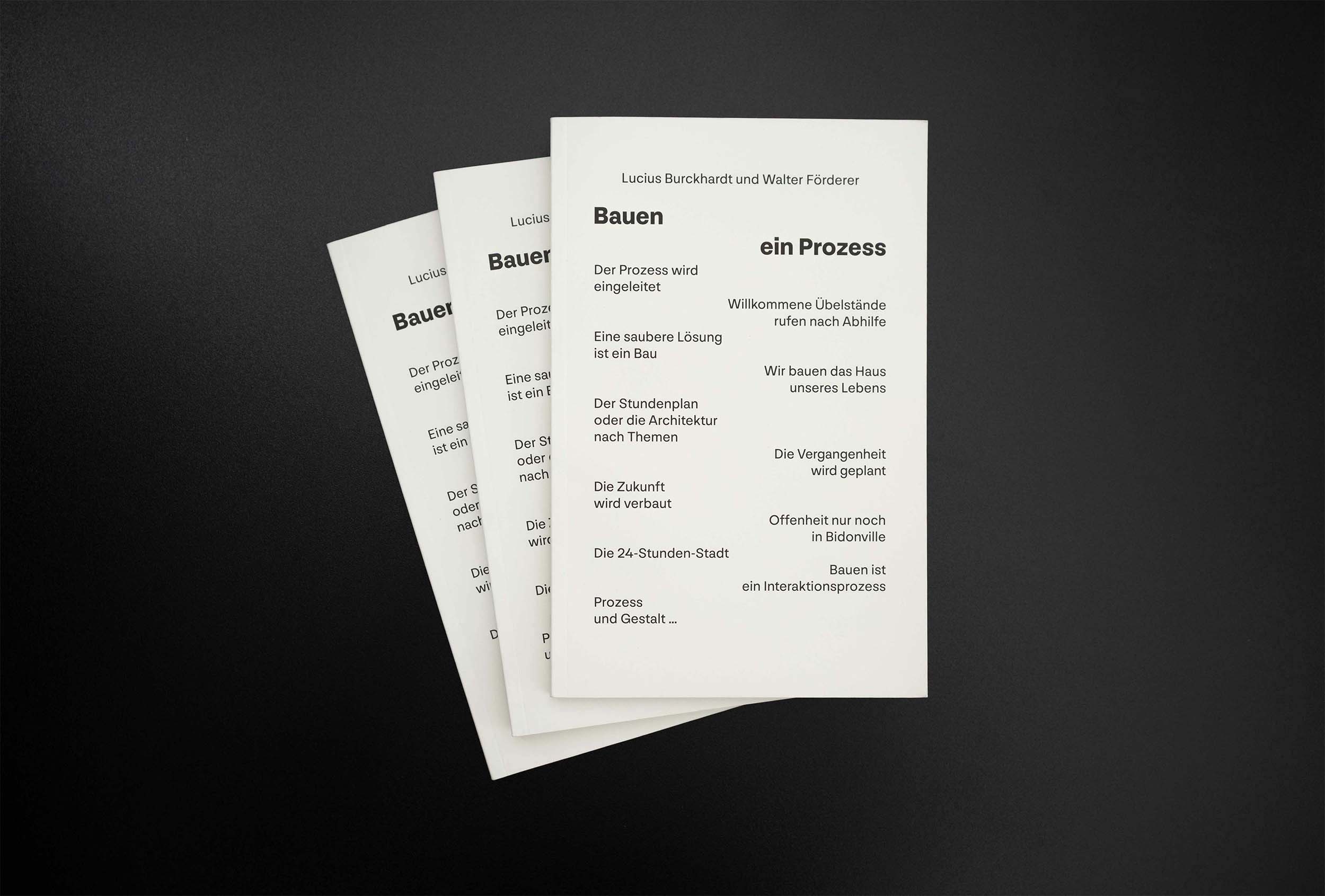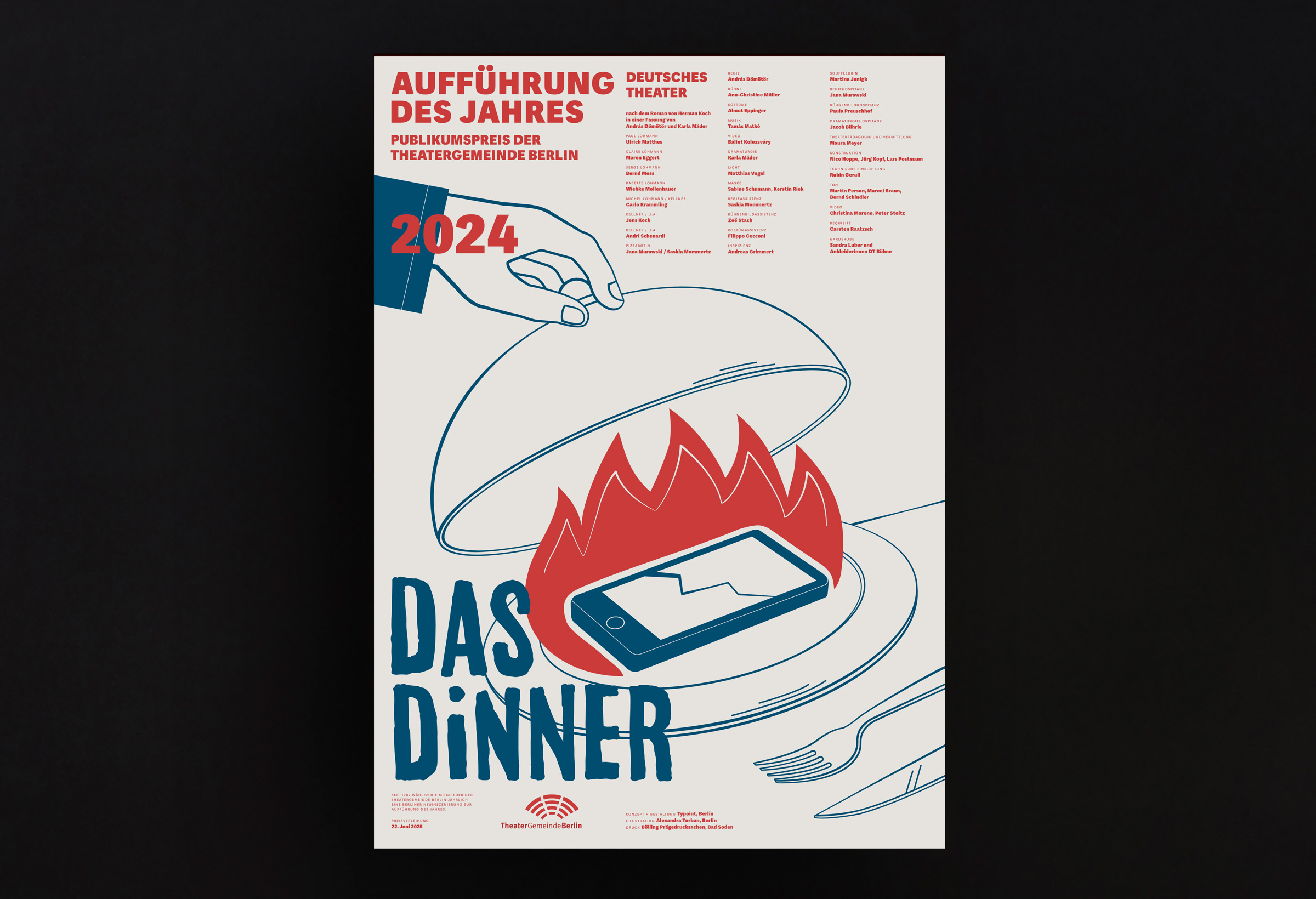In conversation with Johanna Schuck
Johanna Schuck is fascinated by “Nonviolent Communication” (NVC), a communication method based on the late psychologist Marshall B. Rosenberg. Thanks to NVC, she now finds words in conflict situations instead of being silently annoyed. As a trainer, it is important to her to share her AHA-moments and enthusiasm for NVC in workshops.
Johanna Schuck was a spokesperson at Ignite Talks — Inspiration and New Ideas for Tomorrow’s Evolution in February 2024.

Johanna, what strategies do you use to clear up misunderstandings without getting into a fight?
When there is a misunderstanding, it’s possible that things can escalate into a conflict quickly. To prevent that from happening, I am using the 4 steps of NVC.
The first step is to consider what actually happened. We often see and judge situations very differently, which leads to different perspectives on the same matter. Step 2: What am I feeling? If the feeling is unpleasant, such as fear or anger, then this indicates to me that a need not met. I will pay attention to this in the third step: what need is important to me right now? In step 4, I make a request. In the best case, the request is specific, doable and achievable right now, in the present moment.
Your presentation at Ignite was titled: 1 Conflict — 100 Possibilities. What do you mean by that?
If we look at conflicts more closely, we can see that we often fight about specific strategies that we use to meet our needs. In contrast to needs, strategies are highly individual. This is where it gets exciting: when I become aware that it is a strategy, I can search for the need behind it.
For example, if I want to go swimming (strategy), my need for rest, relaxation or exercise could be behind it. When I realise my motivation, my underlying need behind strategies, then that allows me to also think of other strategies that can satisfy my needs.
Can you describe a process for constructively addressing and resolving conflicts?
I am naturally conflict-averse. I’m still not at a point where I can address every conflict in my life with ease. However, knowing NVC makes it easier. In conflicts, we tend to put things into mental boxes, or make moral judgments about things and label them as “good/bad” or “right/wrong.” With NVC, we ask: What (unmet) need is behind this conflict? What can I do to fulfil my needs? What can I do to fulfil other people’s needs? The KPU (Consistent Positive Assumption) is important here. This means that everything humans do is an attempt to meet their needs. With this worldview, you have the chance to see people as inherently good.
Can you share examples from your own experience where NVC has contributed to resolving conflict situations?
Yes, there are several! In the past, I often didn’t know what to say in conflict situations. I was mad, but stayed silent. I had neither the words nor the knowledge to talk about my inner landscape. Working with NVC has helped me to recognize for myself what I feel and need - and how to put this into words.
A few days ago I went on a date with a girlfriend who was late. With the 4 steps, I was able to share my frustration with her - without attacking her. It sounded something like this: “Hey X, we had an appointment at 14:00, now it’s 15:00. I’m frustrated because reliability is important to me. Can you assure me that if you don’t make it on time next time, you’ll let me know so I can relax while I wait?”
For me, this self-assessment (what do I feel, what do I need, what could I ask for) is the most important part of NVC. Based on this, I can then share what I feel, need, want with others. But I don’t have to. Having clarity for me is super valuable in and of itself. It helps me to relax and face conflict situations more calmly.
The article was published in our column in Grafikmagazin.



